The report that the Narendra Modi government has moved 100 tonnes from foreign banks to domestic vaults inadvertently brings back the memories of the days when the country had to pledge tonnes of gold to foreign banks to survive an economic crisis read more
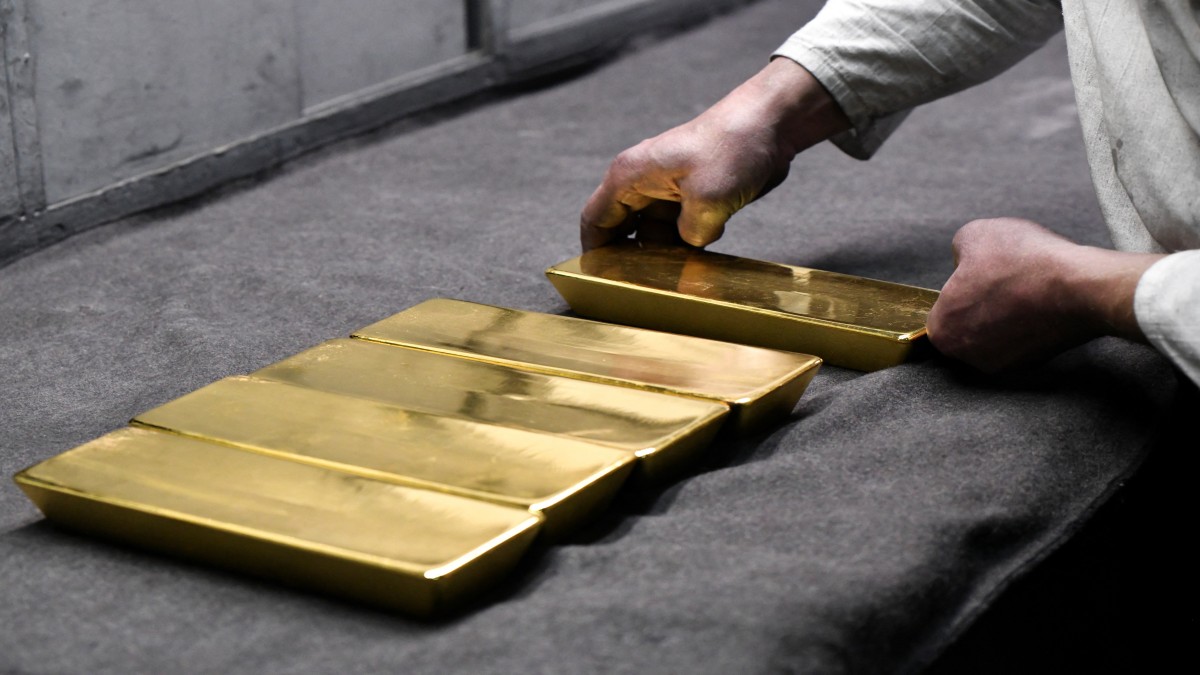)
Representational Image/REUTERS
India has moved 100 tons or 1 lakh kg of its gold stored in the UK to domestic vaults in FY24. This came to public knowledge on Friday. This raises India’s overall gold holding to 27.46 tons in FY24. India’s gold reserves stand at 822 metric tons, as per official data, of which 413.79 tons are held abroad.
The latest is one of the biggest movements of gold by India since 1991, when its government had to pledge a substantial part of its holding of the yellow metal to tide over a foreign exchange crisis.
What was the 1991 crisis?
In January 1991, India faced a severe economic crisis, struggling to finance imports and repay debts.
The Gulf War exacerbated the situation, causing oil prices to spike.
India had less than $1 billion forex reserves, barely enough to meet import requirements for three weeks.
How government responded
Then RBI Governor S Venkitaramanan, finance minister Yashwant Sinha and other officials sought help from global financial institutions.
India received $755 million from the IMF, but it was insufficient.
Also Read: RBI flew 100 tons of gold from UK to India and more may be on its way
What government did next
The government considered borrowing from other central banks due to the difficulty in raising funds.
Following a series of huddles between the RBI and government officials, Venkitaramanan proposed amending the RBI Act to allow borrowing from agencies other than central banks.
With resistance to selling gold, a proposal was made to lease gold confiscated from smugglers.
The proposal was approved by March 1991.
But Rajiv Gandhi pulled the plug
The Congress, which was propping up the minority Chandra Shekhar government, withdrew its support, alleging that its top leader Rajiv Gandhi was being spied upon.
It claimed that the Chandra Shekhar government had deployed a Haryana police constable on the job.
The fall of the government saw the credit ratings agency downgrading India’s sovereign rating, complicating fund-raising efforts.
The initial plan of pledging gold
Facing a liquidity crisis, officials proposed pledging gold to avoid defaulting on payments.
In the middle of the election campaign, Yashwant Sinha signed the file to mortgage the gold to UBS, Switzerland.
Twenty tons of gold were pledged, raising $200 million by the end of May 1991.
New pledge, economic reforms and recovery
- The new government under Narasimha Rao, with Manmohan Singh as finance minister, was sworn-in in June. It continued to raise resources through gold pledging.
- In July, the RBI pledged 46.91 tons of gold to the Bank of England and Bank of Japan to raise $400 million, which was repurchased later that year.

 5 months ago
25
5 months ago
25
)
)
)
)
)
)
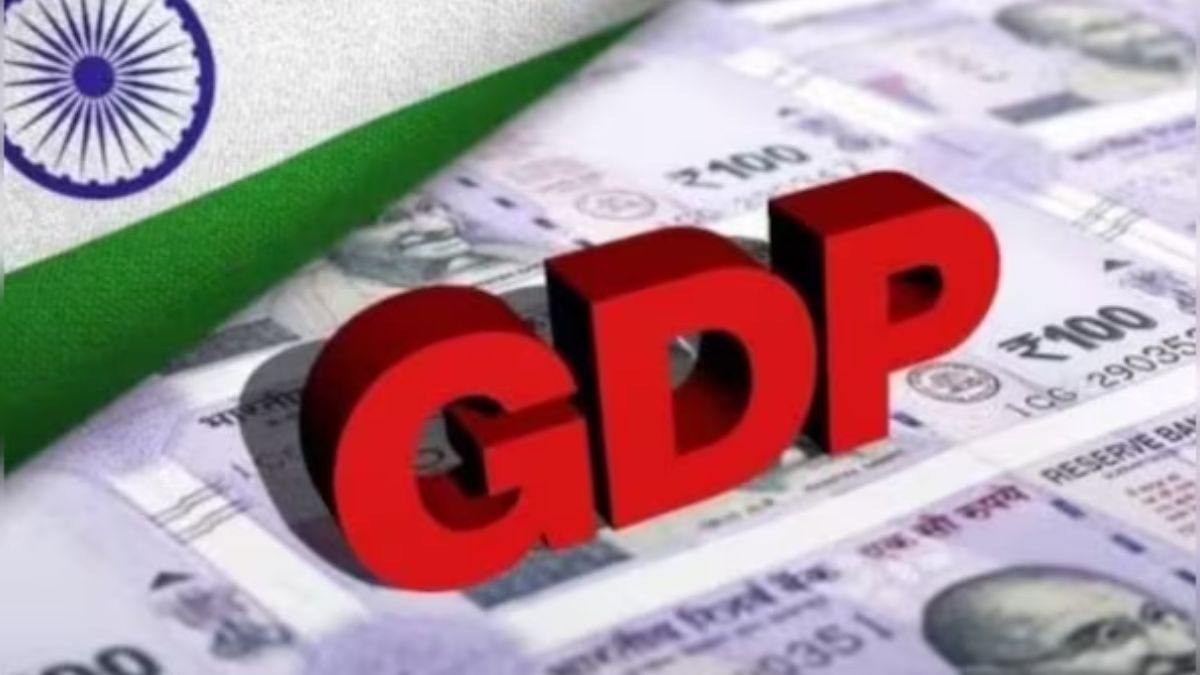)
)
)
)
)
)
)
)
)
)
)
)
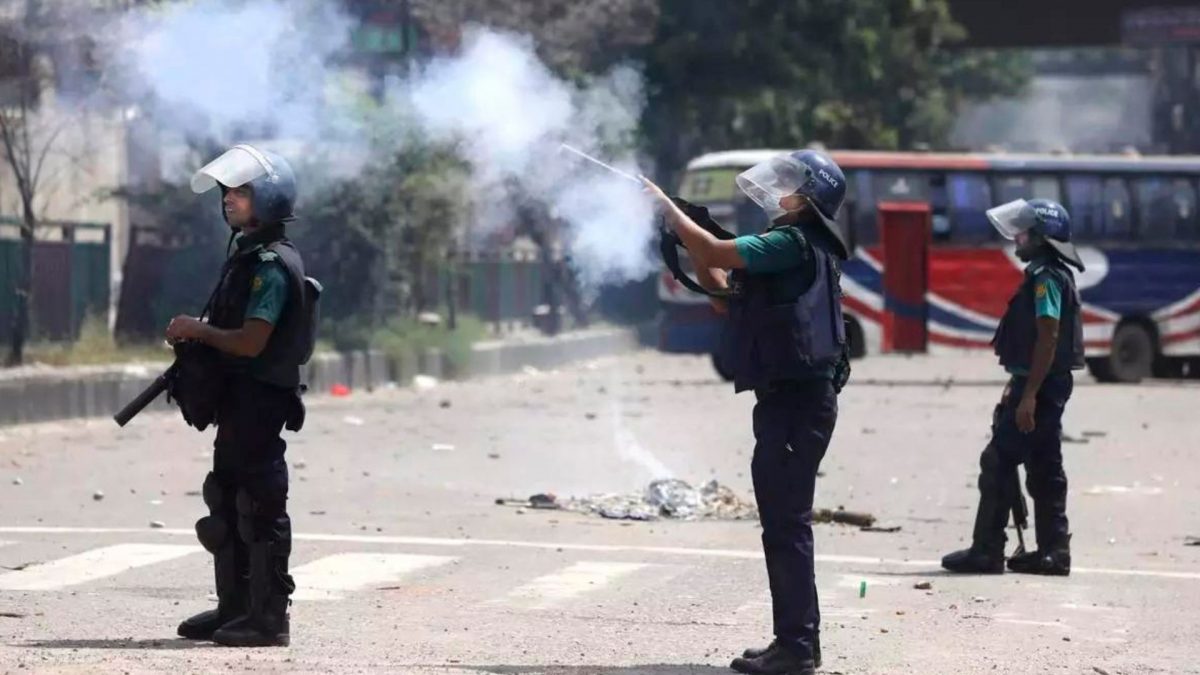)
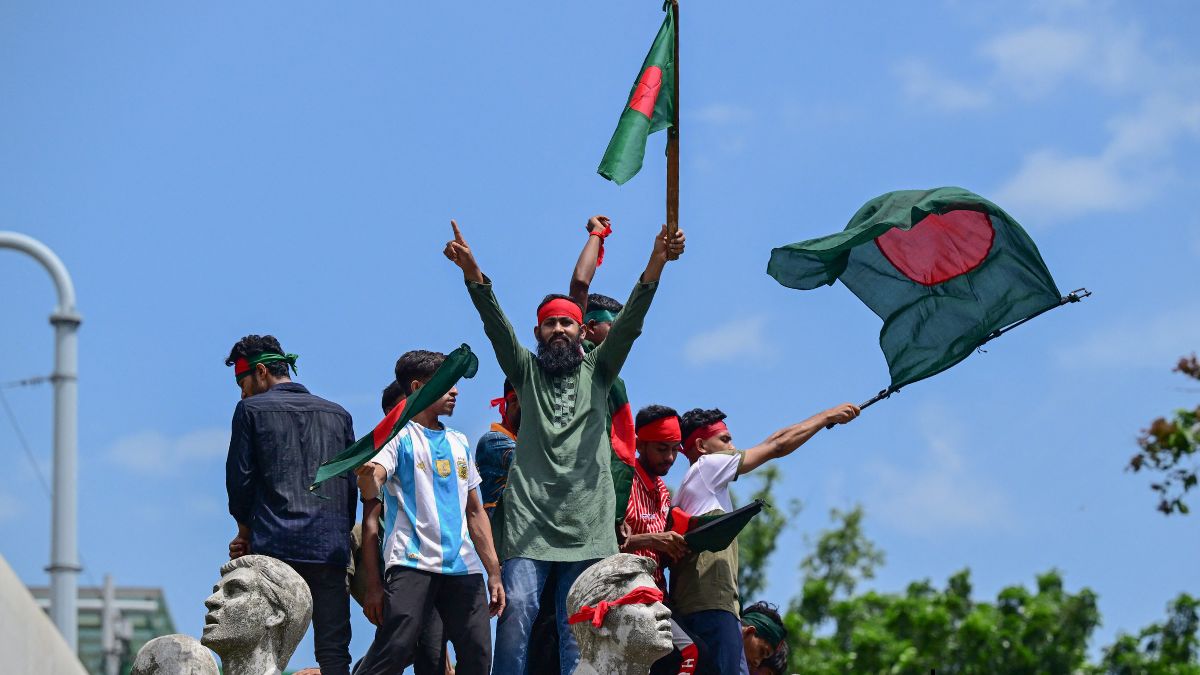)
)
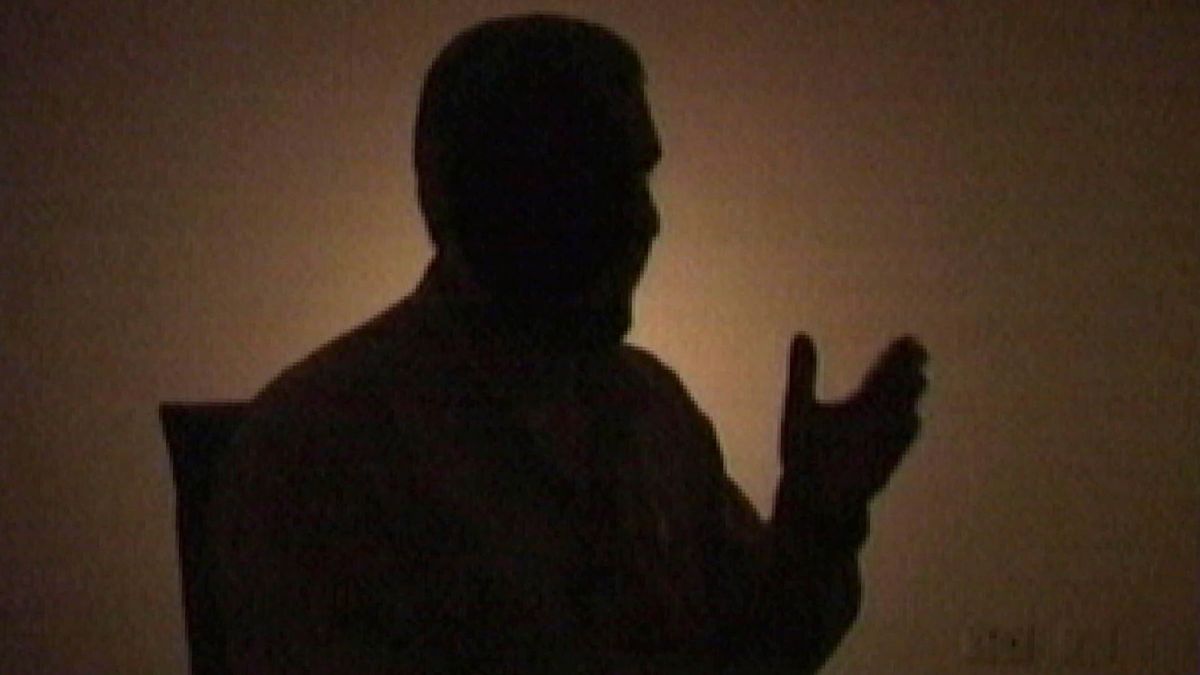)
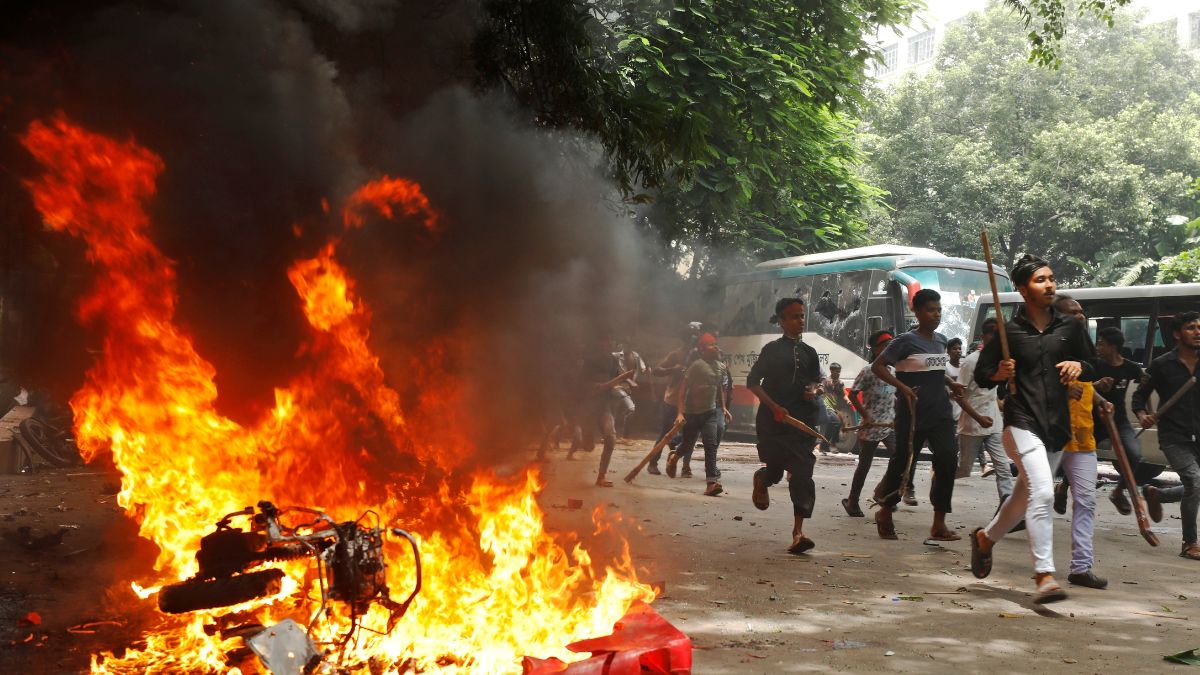)
)
)
 English (US) ·
English (US) ·